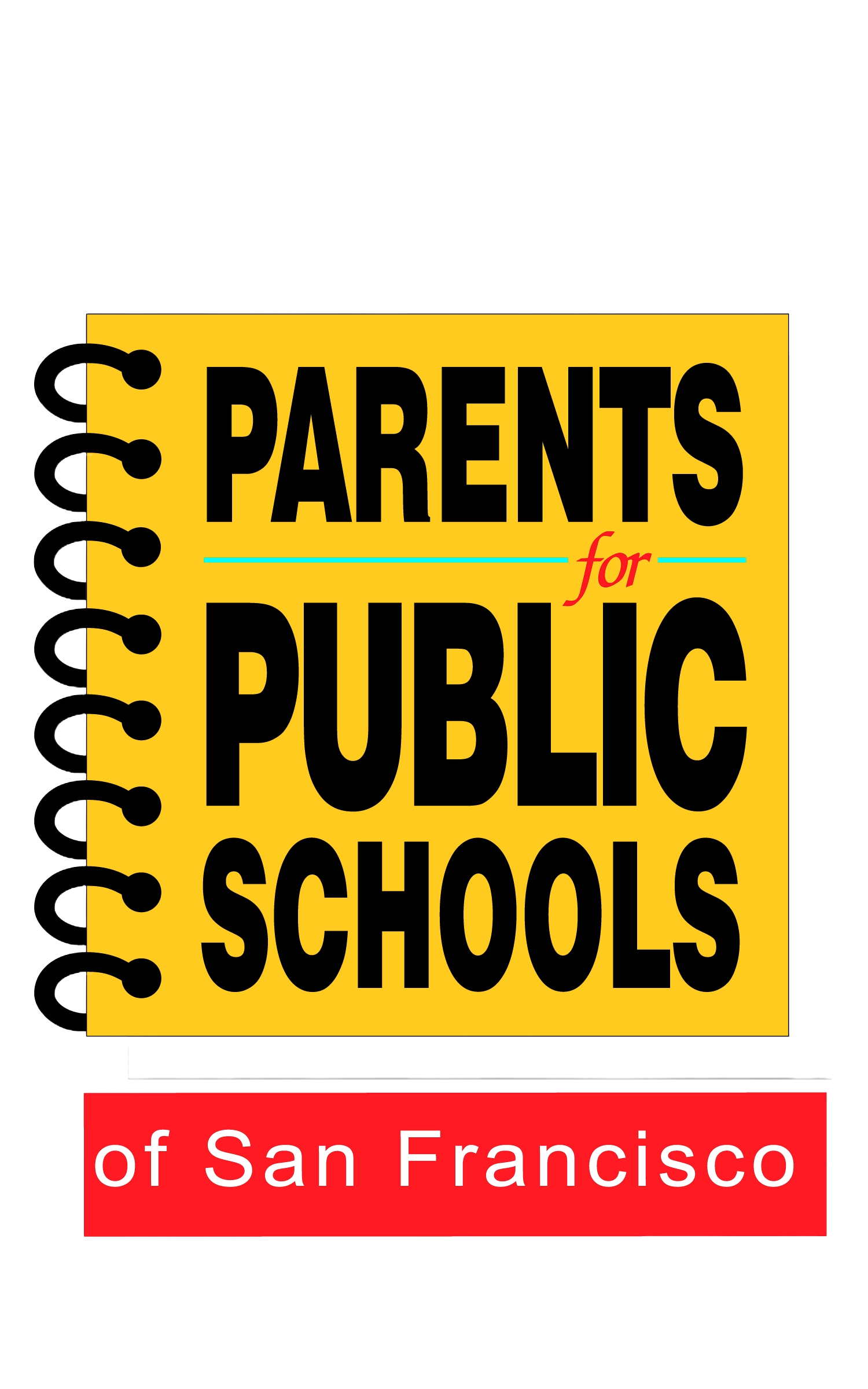Segregation and the Best San Francisco Schools You've Never Heard Of
by Julie Roberts-Phung
I had tears in my eyes while touring a public school in my neighborhood recently. I was standing in the corner of a gym, trying not to distract the kids from their work. They couldn’t have really cared less about me though, they were focused on their teacher with every fiber of their being, bodies buzzing with energy and hovering in place in a surprising show of control for 5 year olds.
The teacher was talking with them in a powerful voice, soothing, curious, calling out instructions that had the learning so embedded in them that kids may or may not have even known they were learning through the play. “Hmmm, Janie,* Jaquan, what is the pattern? Who will I call on next?” Kids looked around the room, found a friend with another ‘J’ name, and pointed excitedly. “Yes, José! José, it’s your turn.” José ran around his friends, making looping figure 8s as fast as he could, without touching anyone. The teacher encouraged him, “I like how Jose is moving carefully, and how he is focused, and he is not touching his friends.” They moved on to doing a math dance where they shook their hands and feet to numbers, as the family liaison whispered to me that the older kids integrated dance with other subjects like social studies. I teared up as I left the room, knowing that my 5-year old, energetic, and know-it-all son would love to come to school.
I saw a lot that I loved at this school. The classes were smaller than normal: 14-17 instead of the usual 22. Small class sizes are a key factor that research shows lead to improved learning, and a mom I met at the enrollment fair said it was one of her favorite things about the school. “It’s easy to work with the teacher, to know how your children are doing & ask the them to give more challenging work if needed” she said.
When I met the Principal, he told me about an Opera partnership – 4th and 5th graders are writing and will perform their own arias! I saw a beautiful large library and computer room. I flipped through the notes of the School Site Council posted outside the office and saw a photo of a lovely active group of parent leaders who are working on a world language pilot. If approved, it would bring in 30 minutes of Mandarin a day to the school. One class was a mix of two grades, where it’s easy for children to get more challenging work when they are ready. The school community is great too – some family leaders are grandparents who went to the school themselves, saw their children through, and are now watching their grandchildren thrive there.
Here’s the kicker – this school is walking distance from my house, and I’d be guaranteed to get a seat. Did I just find the best San Francisco school lottery hack that no one tells you about? I’ll let you in on the secret of which school this is in a minute, but first, we need to scale back and look at some of the system dynamics that shape our decisions.
Here’s the amazing thing. No one I know has toured this school. Thanks to segregation in pre-school, many of our kid friends in the neighborhood are White and Asian, like my family. About 48% of the kids at the school I toured are Black, another 14% are Latino and 75% of the kids who go to the school are socioeconomically disadvantaged. Only 6 & 9% are White and Asian, respectively.
Parents are busy, so we use shortcuts to help us make sense of the 110+ school choices we have in our city.Unfortunately, the most common shortcuts we use feed into patterns of segregation and make us miss really great schools that might be the best option for our kids.
Diverse schools are one of the best strategies for closing the achievement gap, but they also provide benefits to White students. This article points out that White students in diverse schools become better at critical thinking, problem solving and working with diverse teams. They don’t have lower test scores. If you want your child to learn how to be creative and innovative & ready to lead in a global economy, you might be better off enrolling them in a public school where they are in the numeric minority than signing up for the latest ‘innovative-maker-charter-school’ fad. The recent “This American Life (TAL) podcast, ‘The Problem We All Live With’” highlighted the benefits of integrated schools, and the high level of segregation in American schools right now. It’s a must listen.
The metrics we are using to sort schools are also the wrong ones to measure actual learning.
Read more here:
Julie Roberts-Phung is a White mom of two high-energy mixed race kids age 2 & 5. She's a longtime community organizer who has worked on education policy and also finds it very different to think about our education system as a parent. She currently works as a consultant and a career and leadership coach with leaders who are thinking about their work (whatever it is) through a lens of racial equity and social justice. You can find out more about her at www.empowertogether.com

